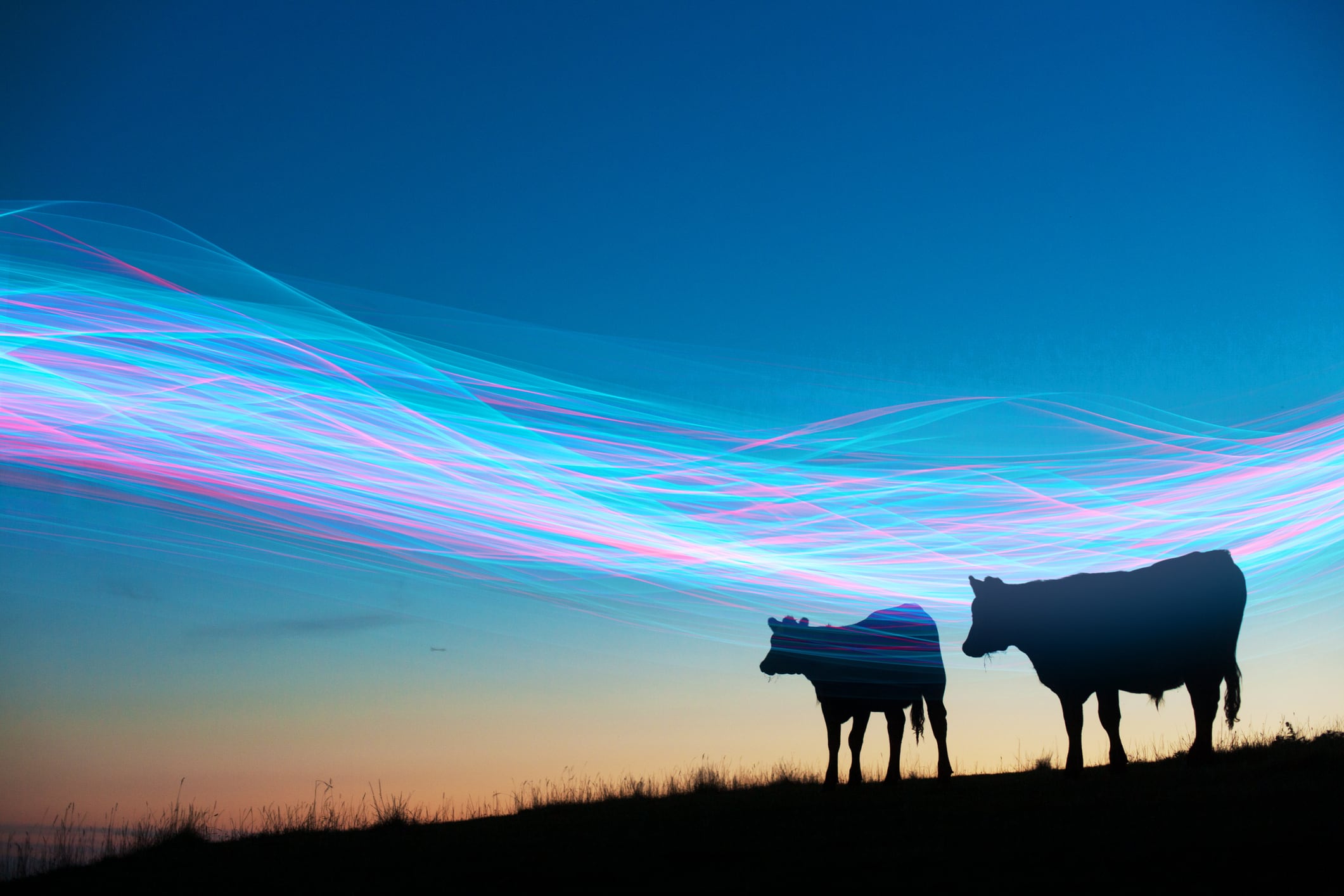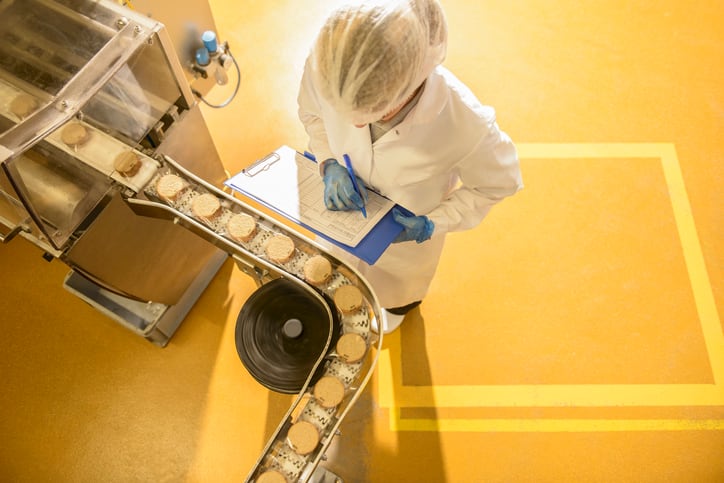A new study published in the Journal of Dairy Science offers fresh insight into how this technology is transforming herd management by offering powerful tools for decision making, automated monitoring and data integration.
Ask farmers what keeps them up at night, and the answer will likely be staying afloat. Costs are rising, labor is scarcer and environmental and regulatory pressures are growing. The next generation is watching, wondering if the farm is a viable future.
In that context, AI isn’t just a shiny new tool; it could be a lifeline. But how far can the technology go, and what’s holding it back from even broader adoption?
Traditionally, dairy farmers have relied on experience, observation and instinct to make day-to-day decisions about herd health, breeding and feed.
But breakthroughs in data science and sensor technology have ushered in a new era of precision farming where always-on machines do the watching, recording and pattern-spotting.
One of the major milestones has been the integration of AI with real-time sensor data that feed continuous streams of information to algorithms that detect behaviour changes, spot health risks and even help refine nutrition plans.
The Journal of Dairy Science study highlights just how effective this can be, detailing how by combining large-scale data analysis with advanced modelling, AI systems are now able to identify and predict key performance indicators such as milk yield, reproduction efficiency and lameness with increasing accuracy.
Computer vision offers new insights into animal health
In the study, academics Rafael Ferreira and João Dóreas consider the use of computer vision systems (CVS) for animal identification, BCS [body condition scoring] and body shape analysis, and potential uses of large language models (LLM).
One of the most impactful AI applications for farmers, CVS, “can capture phenotypes from multiple animals simultaneously using a single device in an automated and nonintrusive manner,” the authors explain. This enables precise monitoring of herd health, activity and condition at scale, without disrupting daily routines on the farm.
Individual tracking, though, also remains essential to correctly link each animal with its predicted health traits. This can be achieved, we read, “through external identification systems or computer vision based animal identification algorithms.”
LLMs integrate diverse farm data seamlessly
Beyond visuals, the study highlights the potential of LLMs in agriculture: “Modern natural language processing techniques … offer opportunities for advanced data integration, including unstructured textual data”.
That means AI can parse veterinary notes, supply orders and maintenance logs – turning disparate information into actionable intelligence.
By synthesizing camera feeds, sensor data and text records, multimodal AI systems can generate precise phenotype predictions – such as health risk markers, productivity indicators and reproductive status – for each animal.
Education and investment key to AI adoption in dairy
Of course, this shiny new tech will only work if farmers can, and want to, use it. Despite the potential, livestock systems still lag behind their crop-farming cousins in AI uptake.
Part of that is practical, as the authors note, “due to lower financial investment and the inherently greater challenges of monitoring animals compared with crops, as animals move both within farms and across farm boundaries.” (Satellite imagery has enabled scalable solutions for continuous crop monitoring.)
In their conclusion, Ferreira and Dórea call out two key factors that will make or break the development of scalable and impactful technologies in livestock systems. Firstly, education, “as it enhances knowledge transfer through academic research and ensures its translation into commercially viable solutions.”
Secondly, financial investment. “Funding is essential for research, entrepreneurship and education in digital agriculture.”
By addressing these challenges and leveraging the opportunities they present, the authors conclude, the dairy industry can enter a new era of efficiency, sustainability, and innovation.
Source:
International Symposium on Ruminant Physiology: Leveraging computer vision, large language models, and multimodal machine learning for optimal decision making in dairy farming
Authors: Ferreira, Rafael E.P. et al.
Published: Journal of Dairy Science, Volume 108, Issue 7, 7493 - 7510



